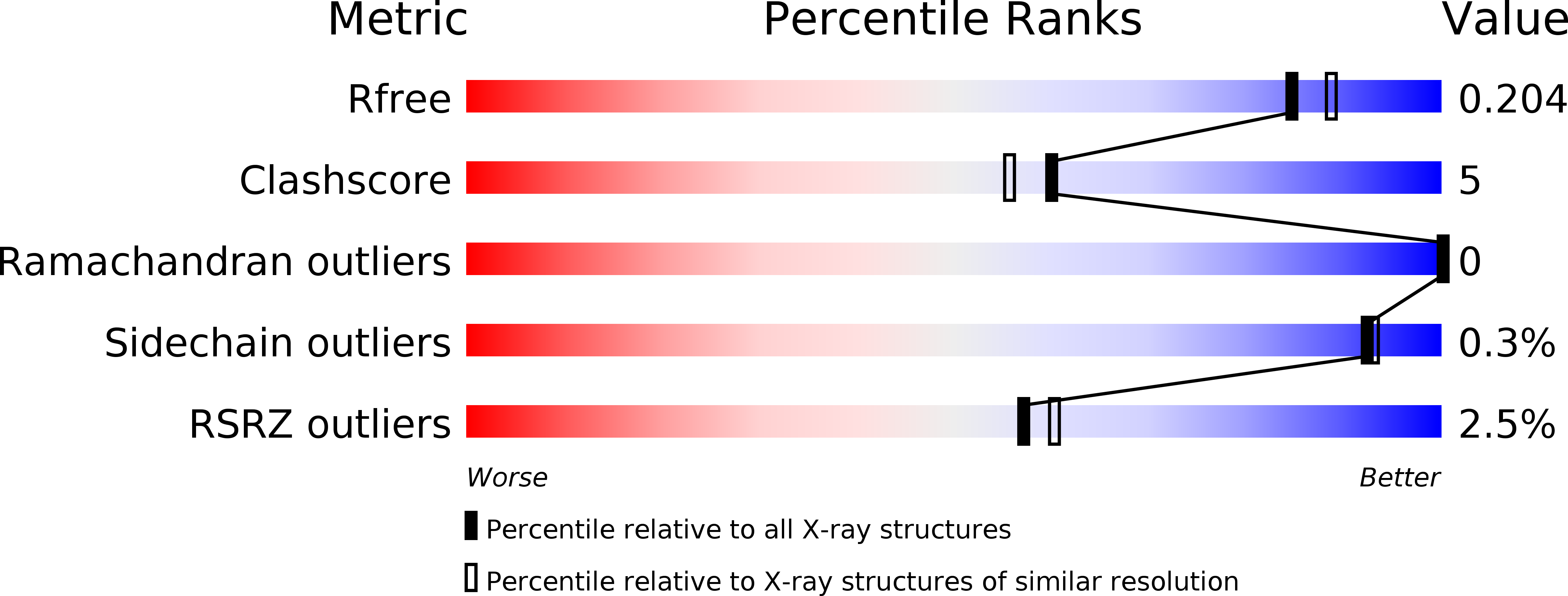
Deposition Date
2011-02-02
Release Date
2012-01-18
Last Version Date
2024-02-21
Method Details:
Experimental Method:
Resolution:
1.90 Å
R-Value Free:
0.20
R-Value Work:
0.17
R-Value Observed:
0.17
Space Group:
C 1 2 1


